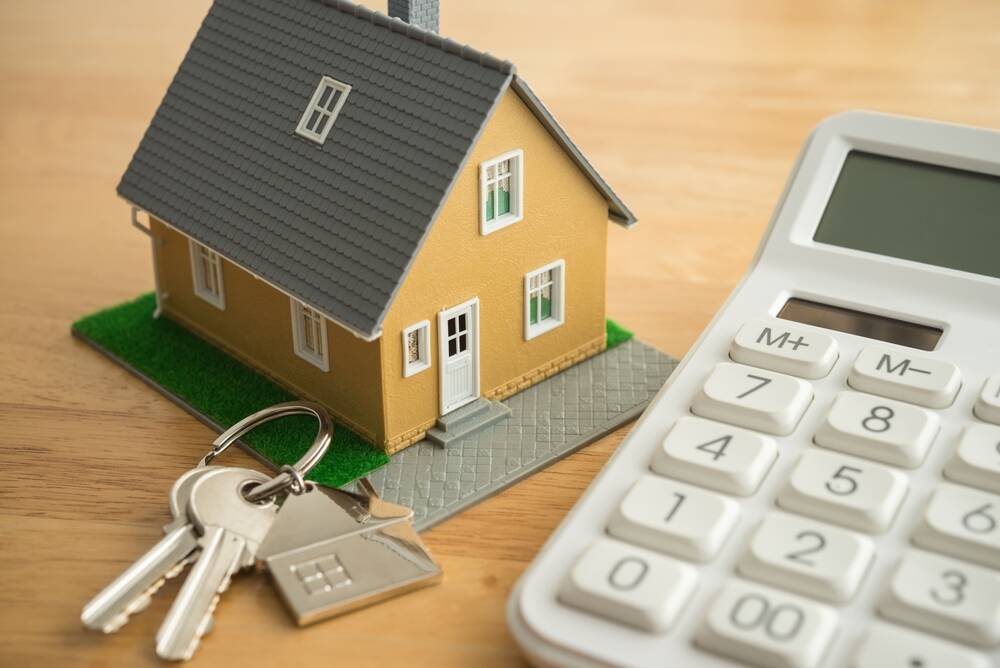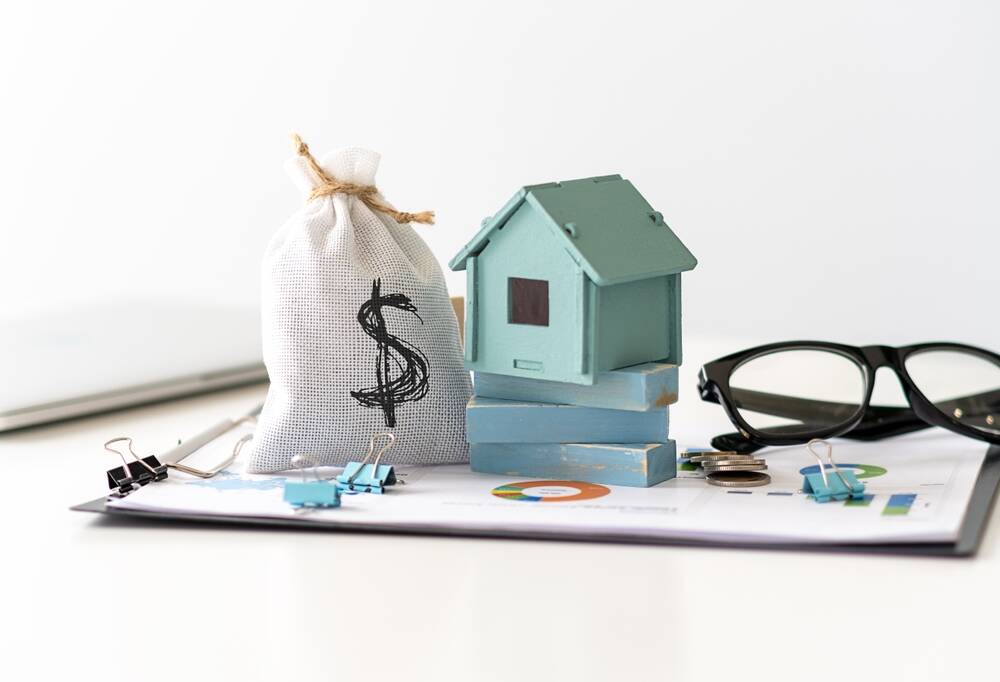You might be forced to lower your asking price because of these home selling mistakes!
Selling a home can be an exciting but sometimes frustrating experience, especially when you don’t get the offers you were hoping for. Research shows that the sales price of an average home in the United States fluctuates based on location, market trends, and property condition.
Even if homes in your neighborhood sell at higher prices, yours might not bring in the same amount due to some home selling mistakes. So, if you’re trying to sell your house this year but aren’t getting the offers at your asking price, you may want to take a step back and find out why.
After all, you deserve the best offer possible, right? But that’s why Brainy Savings is here! We did the research, so you don’t have to: Here are the top 8 home selling mistakes that could cause your home to sell for less than the asking price this year!

Problems found during the inspection process
Most buyers want a home inspection before finalizing any deal. If the inspection indicates issues like roof damage, plumbing problems, or structural concerns, buyers will most likely want to negotiate a lower price or back out entirely of the purchase agreement.
To avoid this home selling mistake, you should conduct a pre-listing inspection on your own. Handling any major concerns early on can help you maintain your asking price and speed up the selling process.
Your home needs updates or repairs
If your home is somewhat of a fixer-upper, it might not sell for as much as you would have hoped. Buyers nowadays prefer move-in-ready homes and are reluctant to take on pricey renovations.
According to experts, homes that require extra work generally sell for 7-8% less than similar refurbished properties. So to avoid this home selling mistake, you should think about making some small but impactful upgrades to boost your chances of selling at your preferred price.
Some modern fixtures, fresh paint, and updated appliances can make a world of difference. If you don’t want to invest in any major renovations, pricing your home competitively can also attract more buyers.
Your home’s not move-in ready
Modern buyers prefer to purchase homes that are ready to move into without them having to do any additional work. If your home has old carpeting, outdated features, or disorganized spaces, it might turn potential buyers off or lead to lower bids.
You can avoid this home selling mistake with some minor improvements like staging, decluttering, and improving curb appeal that can significantly boost your home’s perceived value. Also, professional photography can enhance your listing, making it look more appealing online.
You’re selling in a high-interest-rate environment
We all know that if mortgage interest rates increase, buyers’ purchasing power decreases. A house that was once affordable at a lower interest rate could become too expensive with higher monthly payments, leading buyers to look into negotiating a lower price.
If you plan to sell your home this year, staying as informed as possible about interest rate trends and working with a mortgage company can help you strategize your pricing would be wise. Buyers might also be more likely to negotiate in a high-rate environment.
So flexibility can be the key to securing a reasonable deal and you can avoid making some major home selling mistakes.
Your custom security system
Even though it’s now fairly common in nicer neighborhoods, home security systems can spark a minor red flag to potential buyers, especially if lights or cameras are everywhere.
The choice of a security system is also rather personal, and many likely buyers prefer to pick one out themselves. So try to avoid this home selling mistake if possible.
The current market favors buyers
Real estate markets fluctuate between seller’s markets and buyer’s markets. If inventory is high, buyers have more options, and sellers have to compete by reducing prices.
For example, if a city experiences a wave of new home construction, existing homes might struggle to sell at their asking prices.
To navigate a buyer’s market and avoid any home selling mistakes, try to work with an experienced mortgage lender who understands market conditions and can help price your home competitively.

The purchase agreement has buyer concessions
If a buyer requests seller concessions, like offering home warranties or covering closing costs, this can lower your net sale price. These concessions often happen when a home is priced too high or the buyer is looking for financial assistance.
Before agreeing to any concessions, avoid any home selling mistakes by talking about options with your mortgage lender and real estate agent to determine if alternative solutions are available. Adjusting the price a bit could potentially attract more buyers without requiring any extra incentives.
Your asking price is way too high
One of the most common home selling mistakes and a big reason for a home not selling at the asking price is overpricing. Buyers depend on appraisals and market comparisons even if you think your home is worth a specific amount.
Before listing your home, think about using a mortgage calculator or getting a professional appraisal to estimate affordability for possible buyers. Pricing your home properly from the beginning can prevent price reductions or long market delays later.
Bonus: Here are 4 features that can make your home sell UNDER asking
-Tile Countertops: Frequently seen as old-fashioned, tile countertops can result in a disappointing offer that’s a whole percentage point under your asking price. This is a huge home selling mistake because countertops are tough to clean due to the grout lines and are time-consuming to update or repair if the material cracks or chips.
-Walk In Closets: If you’re a fashionista, obviously a spacious walk-in closet is a huge selling point. But, more modest potential buyers could see a big closet as wasted square footage space. Walk-in closets without enough rods or shelving are also seen as more of a project than they’re worth.
-Laminate Finishes: While they may be budget-friendly and cherished by DIY renovators, potential buyers don’t view laminate floors as a good thing. They’re seen as cheap flooring materials, and that doesn’t scream longevity or durability, which are two important factors people want in a home investment.
-Bamboo Flooring: While aged woods and hardwood floors topped every trend report from last year, bamboo flooring is a major turnoff for potential buyers.
The often yellow-toned wood can look old, and the material is much more predisposed to water damage and warping than other choices. If you’re replacing your flooring before listing your home, try to go for a more durable hardwood like maple, hickory, or oak.

The bottom line: How to maximize the sale price of your home and avoid making home selling mistakes
Even if you’re getting offers below the asking price, there are a few ways to increase the value of your home:
-Work with a mortgage lender to get a better understanding of market conditions.
-Price it competitively from the beginning to attract more interest.
-Be flexible with your home’s showings to accommodate potential buyers.
-Make necessary improvements and repairs to enhance buyer appeal.
Remember that selling a home involves strategy and careful planning. If you’re not confident about market conditions or your home’s value, speak with a real estate professional and take advantage of tools like a mortgage calculator to navigate your pricing decisions.
By taking some of these proactive steps, you can boost your odds of selling your home at a price that meets your expectations.
I hope you found this post on home selling mistakes helpful. Be sure to leave a comment below to share your thoughts.
And if you enjoyed this article, you might want to also check out: 8 Major Household Costs Spiking This Year








